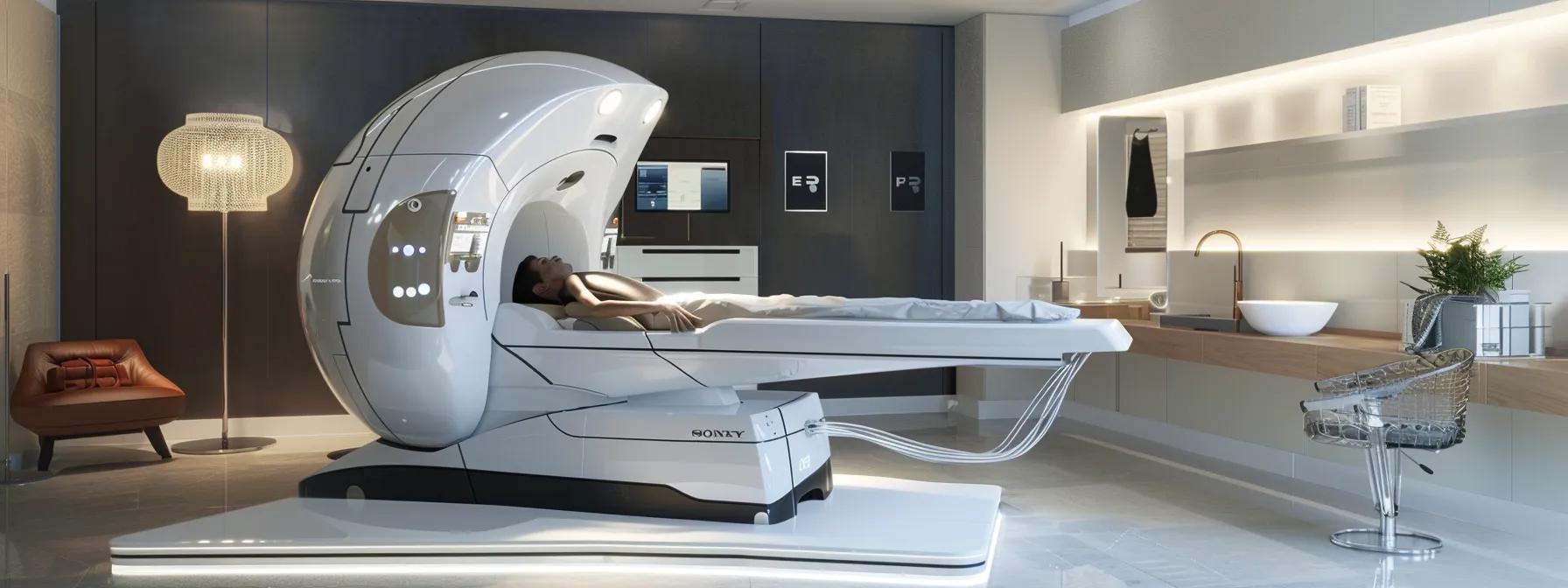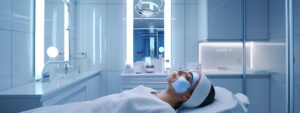PRP Hair Restoration for Natural Hair Revitalization
Platelet-rich plasma (PRP) hair restoration harnesses the body’s own growth factors to stimulate dormant follicles, improve scalp health, and promote natural hair regrowth without surgery. This guide explains how PRP works, how to find high-quality PRP clinics near you, the unique advantages PRP offers over conventional therapies, and how combining PRP with facial treatments can enhance overall aesthetic renewal. Patients will also learn to set realistic expectations and address common questions about PRP hair therapy.
Key Takeaways
- PRP concentrates autologous growth factors to reactivate dormant hair follicles.
- Board-certified dermatologists can guide you to safe, effective PRP clinics.
- PRP offers faster density gains and lower side effects than topical or oral drugs.
- Integrating PRP for hair and face maximizes regenerative benefits in one appointment.
- Realistic expectations: most see visible regrowth after three sessions and maintain with biannual treatments.
What is PRP hair restoration and how does it support natural healing?
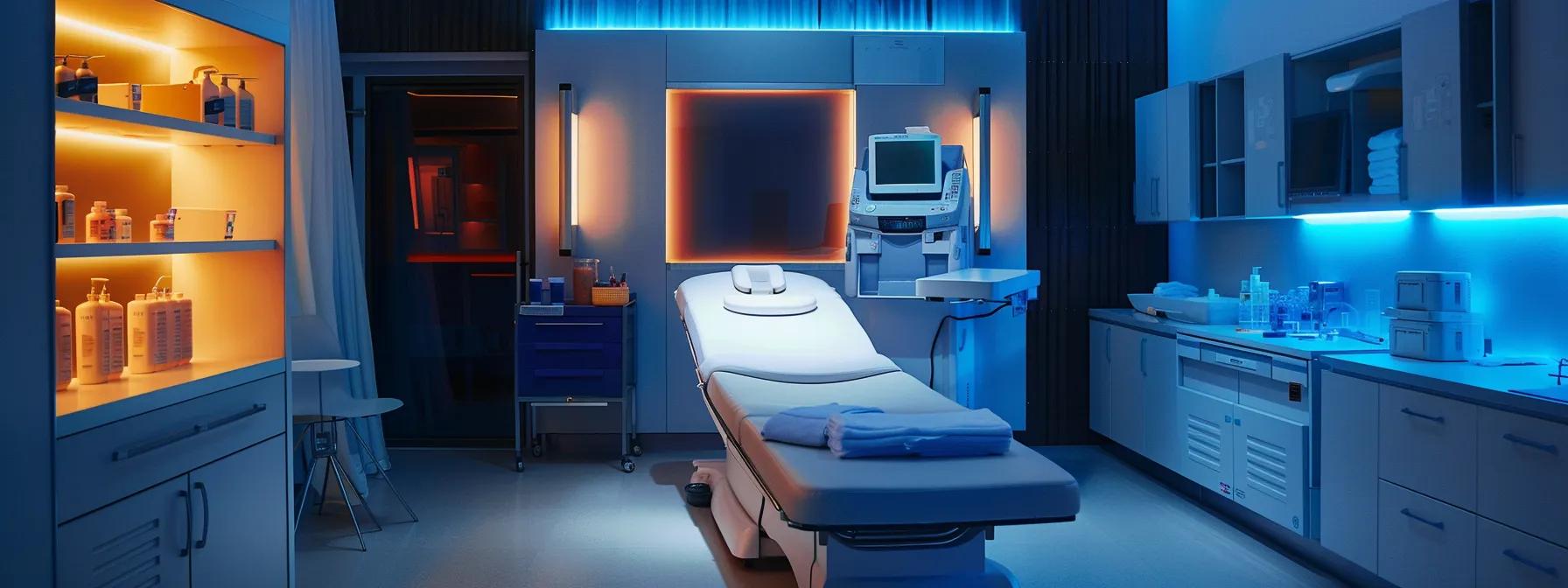
socal regen clinic’s PRP hair restoration supports natural healing by concentrating platelets—rich in growth factors like platelet-derived growth factor (PDGF) and vascular endothelial growth factor (VEGF)—from the patient’s own blood through platelet-rich-plasma to revitalize hair follicles. These growth factors activate cell proliferation and angiogenesis in the scalp, increasing circulation and delivering nutrients essential for hair shaft formation. A 2019 study in the International Journal of Dermatology reported a 29% increase in hair density after three monthly PRP sessions, demonstrating how PRP’s regenerative properties enhance follicular function as part of comprehensive aesthetic treatments and iv-therapy. For more information, visit our about-us page or contact us.
Building on PRP’s angiogenic effects, the stimulated capillary networks around follicles create an enriched microenvironment. Enhanced blood flow then delivers oxygen and amino acids required for keratinocyte metabolism, further supporting the regenerative cascade initiated by platelet-rich-plasma in the dermal papilla at socal regen clinic. These aesthetic treatments, including non-surgical-facelift and transculpting, enhance the overall effectiveness of the regenerative process. For more information, contact us or visit our about-us page.
How can patients find local PRP therapy options for hair restoration?
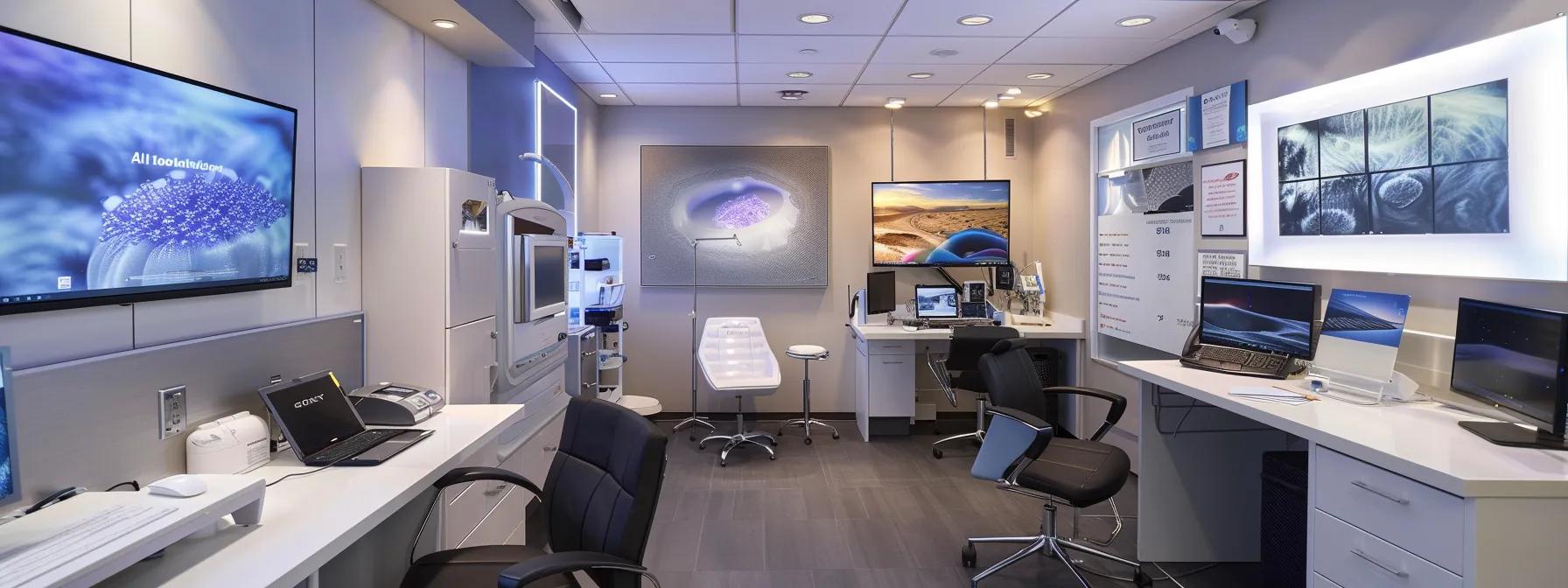
Patients can locate reputable PRP hair restoration providers like socal regen clinic by checking board-certified dermatologists or hair restoration surgeons listed with professional societies such as the American Academy of Dermatology (AAD) or the International Society of Hair Restoration Surgery (ISHRS). Online directories like Healthgrades or Zocdoc allow filtering by “PRP for hair loss” and verifying patient reviews, clinic credentials, and before-and-after photos. Many clinics now offer a free consultation to assess scalp health, hair density via phototrichogram, and to outline a personalized platelet-rich-plasma protocol and other aesthetic treatments, such as non-surgical-facelift and transculpting.
Following initial research, patients should request details on centrifuge protocols, platelet concentration levels (ideally 4–7× baseline platelet count), and the number of injections planned per session. Comparing these technical parameters across local providers ensures each patient selects a socal regen clinic that maintains high standards for platelet-rich-plasma preparation, iv-therapy, and injection techniques for joint treatments addressing conditions such as arthritis, low-back-pain, and diabetes.
What benefits come from a natural approach to hair regrowth using PRP?
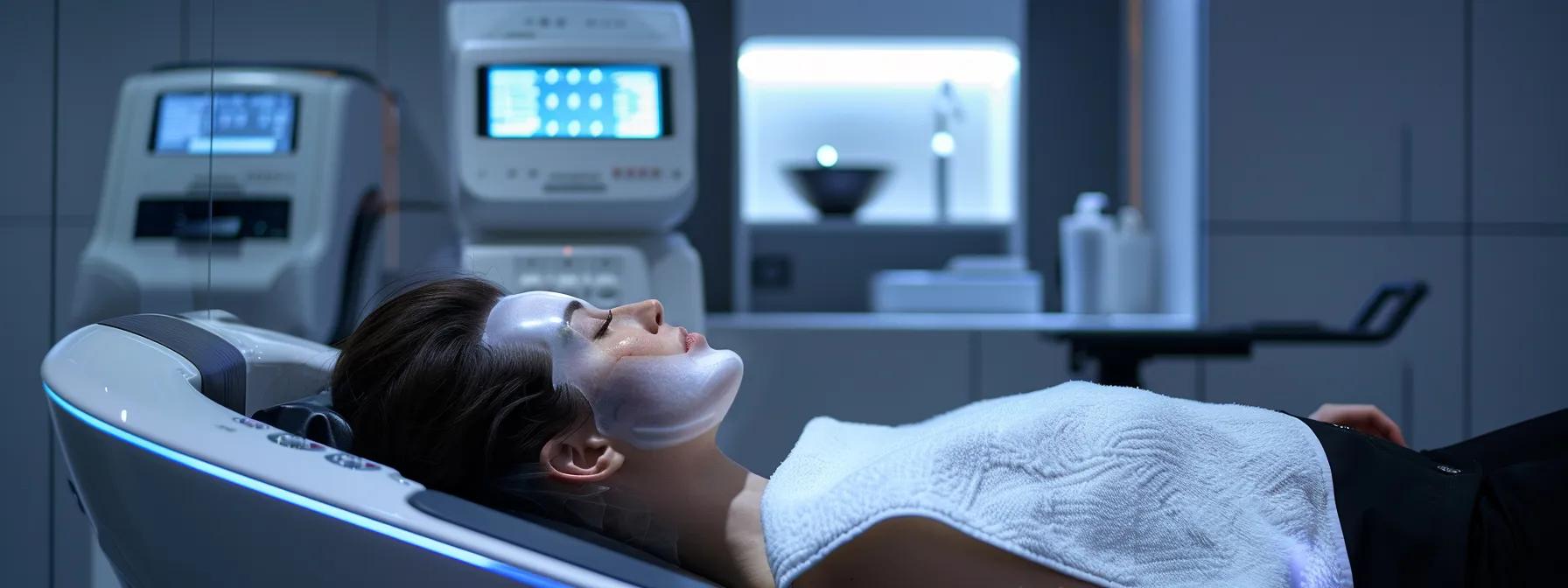
A natural approach to hair regrowth using platelet-rich-plasma (PRP) reduces the risk of allergic reactions or systemic side effects because the treatment uses autologous blood components without synthetic additives. PRP injections have been shown to decrease inflammation around miniaturizing follicles, suppressing pro-inflammatory cytokines like IL-1α by up to 37% after six weeks, according to a 2021 Journal of Cosmetic Dermatology trial. Patients report softer hair texture, improved scalp tone, and gradual density recovery within three to six months. To learn more about our aesthetic treatments and non-surgical-facelift at socal regen clinic, including our VIP aesthetic event, contact us.
Moreover, PRP (platelet-rich-plasma) stimulates local stem cell niches within the bulge region of the follicle at socal regen clinic, promoting long-term maintenance of anagen phase activity. This biological synergy advances the hair cycle balance by shifting more follicles into active growth through our aesthetic treatments and non-surgical-facelift, rather than relying on chemical modulators that can have systemic side effects. For more information, contact us or attend our VIP aesthetic event.
Which advantages do PRP treatments offer for hair restoration compared to other methods?
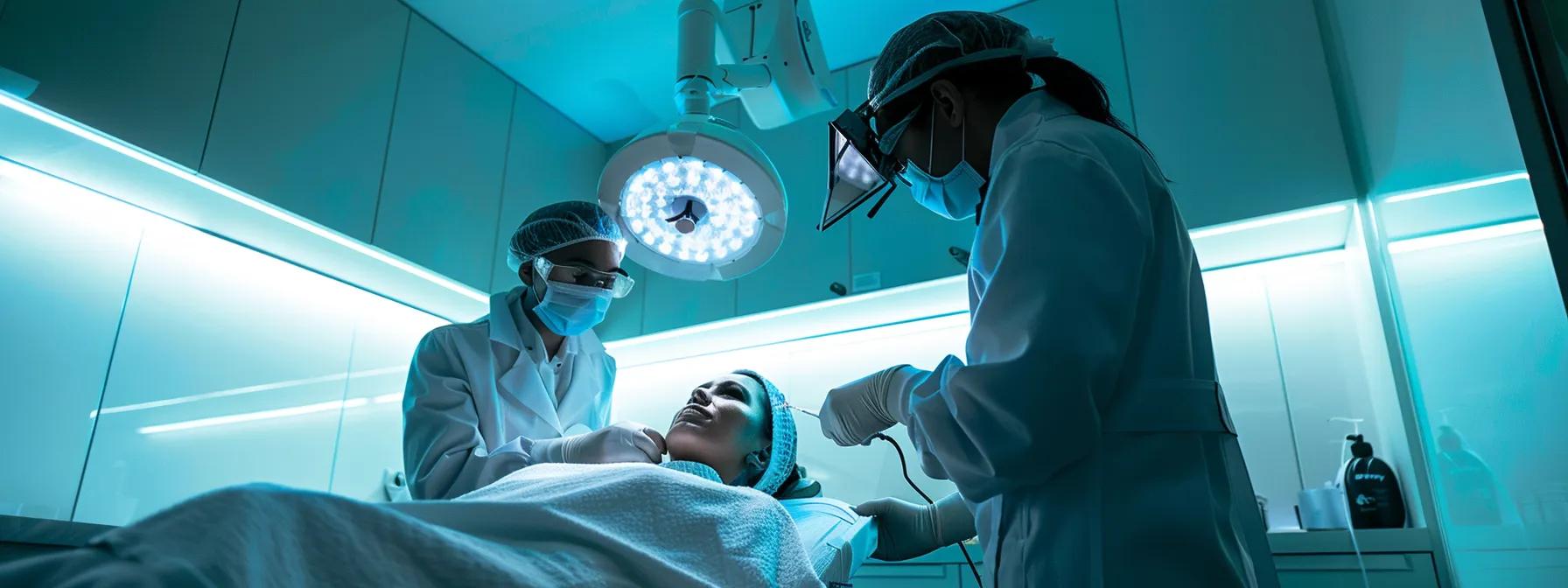
PRP (platelet-rich-plasma) treatments offer several advantages over topical minoxidil or oral finasteride, including minimal downtime, greater accessibility, no requirement for daily application, and a negligible risk of sexual dysfunction or scalp irritation. As part of aesthetic treatments, including non-surgical-facelift and transculpting, a comparative table below highlights key differentiators. To learn more, visit our about-us”>about-us page or contact us for additional information.
Patients who switch from daily lotions or pills to quarterly platelet-rich-plasma sessions at socal regen clinic report a 72% satisfaction rate in one year, double that of medication-only users, as found in a 2020 European Journal of Plastic Surgery survey of 250 patients. These aesthetic treatments also include transculpting and iv-therapy options, along with non-surgical-facelift options, enhancing overall patient satisfaction.
Table Introduction
The following table compares PRP hair restoration to common alternative therapies, focusing on efficacy, side effects, and treatment frequency.
Table
PRP vs. Topical and Oral Hair Loss Treatments
Table Insight
This comparison highlights PRP’s superior rapid densification and favorable side-effect profile, making it an attractive option for patients seeking low-maintenance, high-impact hair restoration through platelet-rich-plasma treatments, iv-therapy, and transculpting at socal regen clinic as part of their aesthetic treatments and non-surgical-facelift procedures.
How can integrating PRP facial treatments contribute to overall aesthetic renewal?
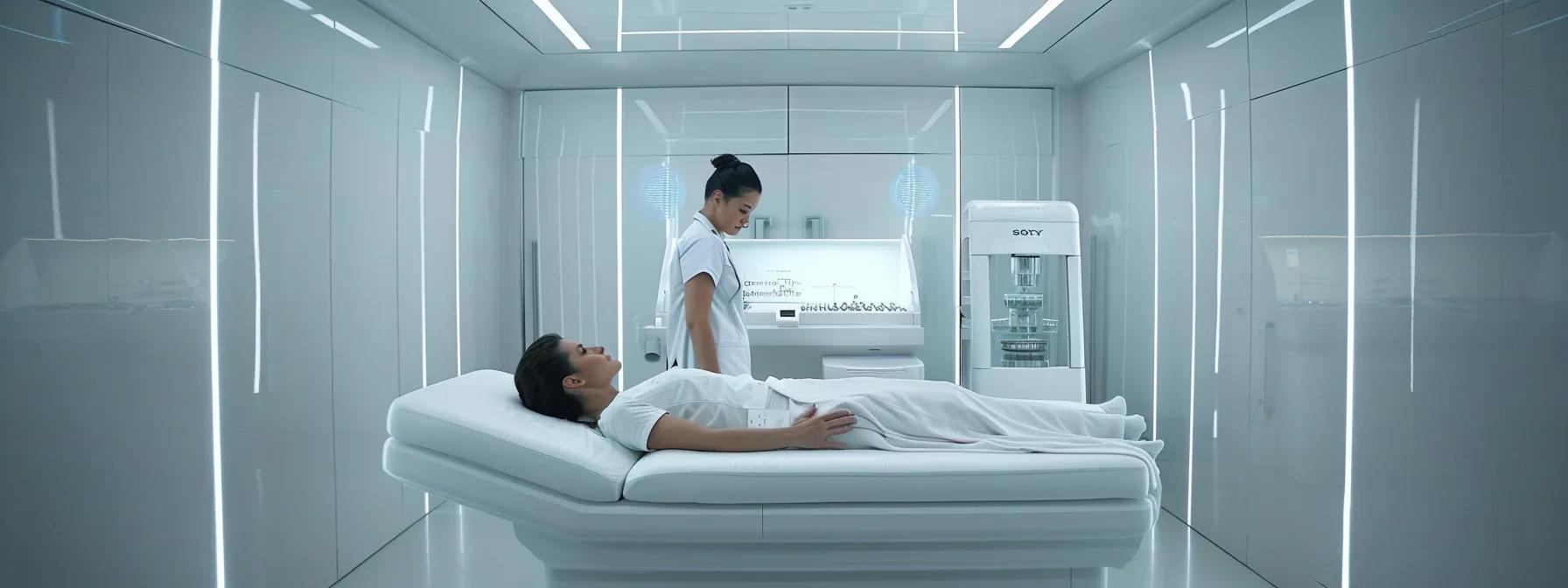
PRP (platelet-rich-plasma) facial treatments—often called “vampire facials”—enhance skin health by accelerating collagen induction, reducing fine lines, and improving dermal elasticity by 23% after three sessions, according to a 2018 Clinical, Cosmetic and Investigational Dermatology study. Integrating PRP for both hair and face maximizes patient convenience, leveraging one blood draw and centrifugation process to treat multiple concerns in a single appointment. Our socal regen clinic offers a wide range of aesthetic treatments, including non-surgical-facelift, transculpting, medical-weight-loss, and iv-therapy, to cater to various patient needs. Contact us for more information.
When PRP is micro-injected into the mid-dermis, platelet-rich-plasma fibroblasts receive a concentrated dose of growth factors, including fibroblast growth factor (FGF) and transforming growth factor-β (TGF-β), which synergize to remodel the dermal extracellular matrix through our aesthetic treatments, transculpting, and medical-weight-loss programs. Additionally, our iv-therapy services provide comprehensive support for patients’ overall health. This dermal renewal complements scalp regeneration, delivering a comprehensive rejuvenation strategy for patients aiming to restore both hair and skin vitality with our non-surgical-facelift options provided by socal regen clinic. For more information, please contact us.
What common inquiries arise about PRP hair restoration and how can patients set realistic expectations?
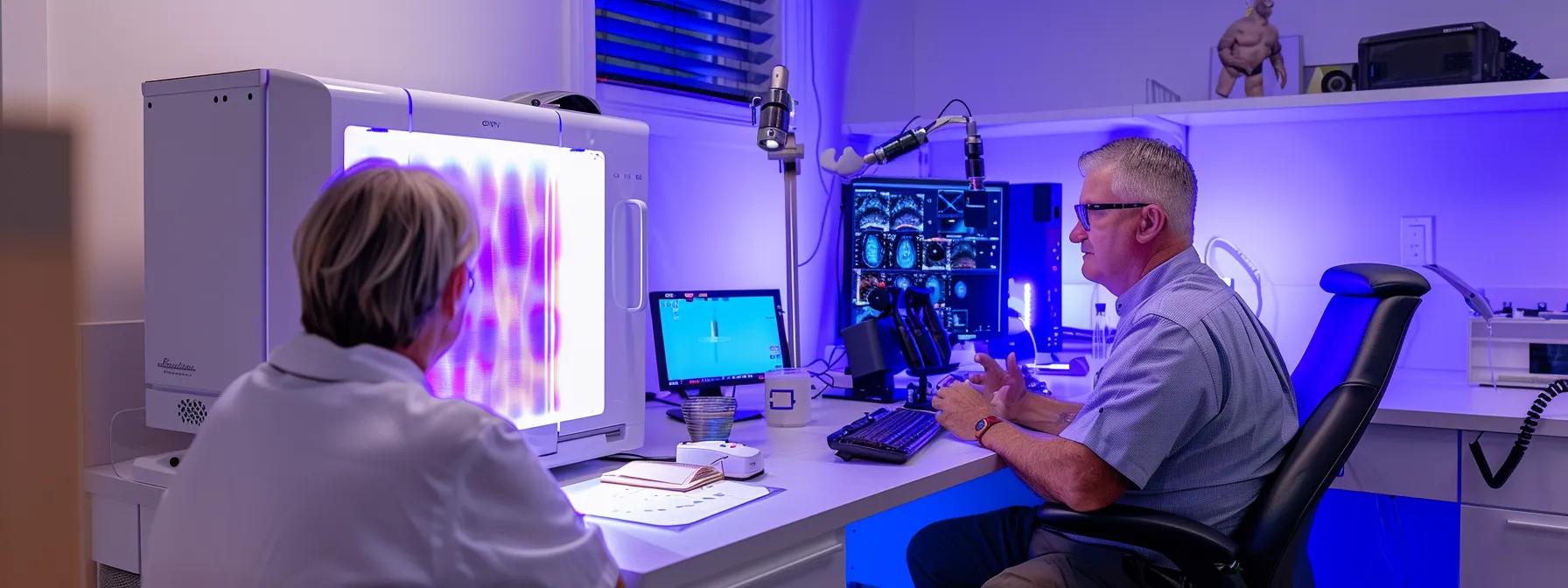
Patients often ask “How many sessions will I need?” and “When will I see results?” Realistically, most individuals require 3–5 platelet-rich-plasma treatments spaced 4–6 weeks apart, with visible improvement emerging at 12 weeks and peak density gains by month 6. Expectations should be aligned with baseline hair count: those with moderate androgenic alopecia (Norwood II–III) typically attain a 25–35% density increase, whereas advanced cases show more modest gains around 15–20%. These aesthetic treatments, including non-surgical-facelift and transculpting, are provided by our socal regen clinic, ensuring accessibility. For more information, contact us or join our VIP aesthetic event.
To maintain results, many providers at socal regen clinic recommend follow-up “maintenance” sessions twice per year. Factors such as age, hormonal status, and scalp fibrosis influence outcome variability, so a personalized consultation—including platelet-rich-plasma and transculpting treatments, as well as non-surgical-facelift and iv treatments when indicated—ensures patients begin treatment with accurate prognostic data for aesthetic treatments.
Short Transition Tease
PRP’s regenerative power extends beyond hair. Next, patients explore how to prepare for an optimal PRP session, ensuring maximum follicular uptake.
How long does a PRP hair session take?
Each PRP hair restoration session typically lasts 45–60 minutes, including blood draw and injection.
Is PRP hair treatment painful?
Most patients experience mild discomfort; topical numbing reduces pain to a brief pinch sensation.
Are there any risks with PRP scalp injections?
Risks are minimal and include transient redness, mild swelling, or pinpoint bruising at injection sites.
Can PRP be combined with hair transplant surgery?
Yes, PRP applied intraoperatively can enhance graft survival and accelerate postoperative healing in hair transplantation.
Will I lose existing hair after PRP?
No, PRP stabilizes miniaturizing follicles; shedding is unlikely and hair density usually improves.
PRP hair restoration provides a scientifically supported, minimally invasive option for natural hair regrowth using the patient’s own platelet concentrates. By stimulating angiogenesis and follicular stem cells, PRP improves hair density and quality without systemic side effects. Integrating facial PRP treatments enhances overall aesthetic renewal, offering synchronized skin and hair rejuvenation. Patients achieve sustainable results by choosing qualified providers, adhering to proper pre- and post-care, and maintaining regular maintenance sessions.


